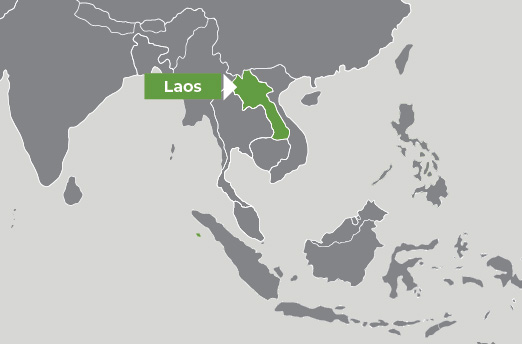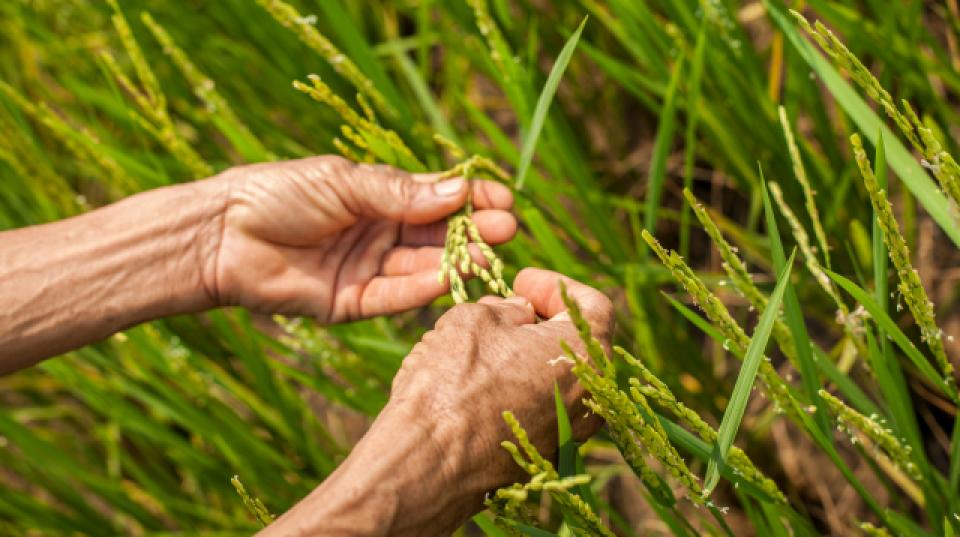Overview
This project aims to enhance rice farming sustainability and reduce environmental degradation by improving the efficiency with which nitrogen resources are utilised by farmers.
It will support Laos' green growth ambitions and improve nitrogen (N) management in rice systems. The project aims to increase farm-level and national incomes, build capacity for research, and support environmentally responsible rice production. Gender sensitivity will be considered in rural practices.
Rice production in Laos is important to the national economy and food supply, accounting for over 80% of the total cultivated area. Rice is grown in three main farming systems: rainfed lowland, irrigated lowland, and rainfed upland systems. Rice is primarily produced in the lowland areas of Laos, with only approximately 11% of production taking place in upland areas. Almost 90% of rice production occurs during the wet season, as only about 12% of the cultivated rice area is irrigated. The leading rice-producing provinces are located along the Mekong River (e.g., Vientiane, Khammouan, Bolikhamxai, Savannakhet, Salavan, and Champasak) (Mullis and Prasertsri, 2020).
While a range of studies have been undertaken to inform N management for rice production in Laos, most of them focused only on fertiliser inputs and yield. Little is known about the fate of N applied to rice as fertiliser after it has been applied to soils in Laos, particularly its partitioning into forms that promote rice production, and those that have detrimental effects on the environment or on favourable biological N soil processes. There have been few attempts to integrate the agronomic, environmental and socioeconomic perspectives in agricultural N management as this project aims to do in developing a framework to shape guidelines for sustainable N management for rice production in Laos.
This project aims to understand the N cycles in rice-based cropping systems in Laos and to assess the impacts of N fertiliser inputs on these processes. The project will also develop knowledge and practices for nutrient and systems management that will improve the productivity and sustainability of N use. The outputs and outcomes of this project can inform the green credentials of Lao rice, particularly for export markets. There are now good transport links between Laos and to China, and a growing middle class of consumers in China is offering the possibility of exports of Lao high quality rice.
Project activities and expected outcomes
- Reducing environmental impact from improved management of N in rice production.
- Improving livelihood opportunities for smallholder farmers.
- Delivering evidence-based policy that supports improved N-use efficiency and accounts for the total environmental benefits of promoting improved N-use efficiency practices.
- Promoting sustainable use of natural resources and sustained food security.
- Improving research capacity in Laos in supporting sustainable agricultural systems.




